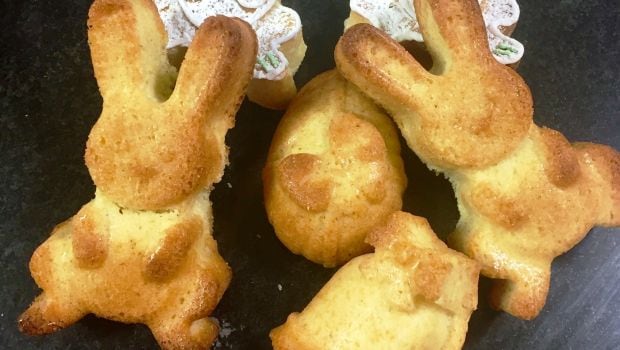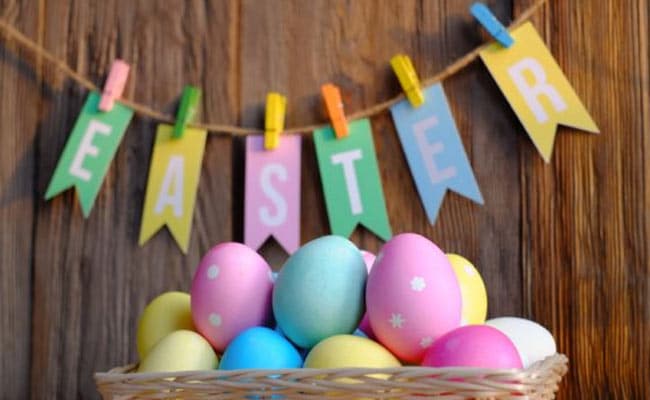Easter Bunny- Significance
Easter is celebrated as it signifies the rebirth of Jesus. His resurrection symbolises the eternal life that is granted to all who believe in Him. There are different connotations as to why we involve bunny and eggs in the celebration of the resurrection of Jesus. It is believed that Victorians were the first ones to adapt this tradition of making satin covered cardboard eggs filled with Easter treats, though nobody knows why. However, the story of the Easter bunny and eggs is thought to have become popular in the 15th century. And the reason will amaze you!
Rabbits usually give birth to a lot of babies (kits or kittens), which symbolises a new life, connecting it to the new life of Jesus after he was crucified. Interestingly, this led to the traditions of making nests for the rabbits to lay their eggs. Eventually, nests became the decorative baskets and colorful eggs were replaced by candies, gifts and treats.

Traditional Easter Bunny Origin
The traditional Easter Bunny in ancient German denotes a rabbit bringing eggs, judging children's behaviour and offering candies, eggs and gifts on the day. These bunnies traditionally were made as a cake but in modern times are made with chocolates filled with surprise gifts along with Easter eggs.
Another folklore goes as "spring is the season of rebirth and renewal". Plants return to life after winter dormancy and many animals mate and procreate. Many pagan cultures held spring festivals to celebrate this renewal of life and promote fertility. One of these festivals was in honour of Eostre or Eastre, the goddess of dawn, spring and fertility near and dear to the hearts of the pagans in Northern Europe. Eostre was closely linked to the hare and the egg, both symbols of fertility.
Celebration Time!
A lot of churches start Easter celebrations right at midnight, on Easter Eve. The churches are decorated with flowers and candles are lit all over. While the candles are a remembrance that Jesus is the light of the world and when he rose from the dead, he got everyone rid of the darkness of evil; the flowers represent new life or rebirth. Priests love to wear their new robes in celebration of the newly born Jesus.
Kids love to paint the eggs and decorate them in and around their homes. Then there's the iconic Easter egg hunt that adds a fun element for the kids while the adults wine and dine with family and friends over a nice brunch on Sunday.Traditional Easter Bunny Cake
Recipe by Chef Vivek Chauhan- Pastry Chef, The Imperial New Delhi

Ingredients
- Butter - 200 gm
- Sugar -180 gm
- Eggs - 4
- Milk- 20 ml
- Baking Powder - 5 gm
Method
- Mix flour and baking powder and sieve.
- Blend cream, butter and sugar in an electric mixer.
- Add egg at regular intervals in the mixture
- Add milk to the above mix.
- Fold flour in the above mix.
- Pour the batter in the moulds and bake at 170 C for 15-18 min.
- Decorate with icing.
Chocolate Easter Bunny Recipe
Recipe by Chef Vivek Chauhan- Pastry Chef, The Imperial New Delhi

Ingredients
- Dark chocolate - 500 gm
- Metallic Colour - 5 gm
Method
- Temper the dark chocolate for casting the bunny mould.
- Fill in the chocolate into the two halves.
- Refrigerate for few hours to set and demould.
- Heat up the marble top with the blowtorch.
- Rub your chocolate halves on the marble top to remove the excess chocolate from corners.
- Carefully join the two ends and allow it to set.
- Brush with the metallic colour.











